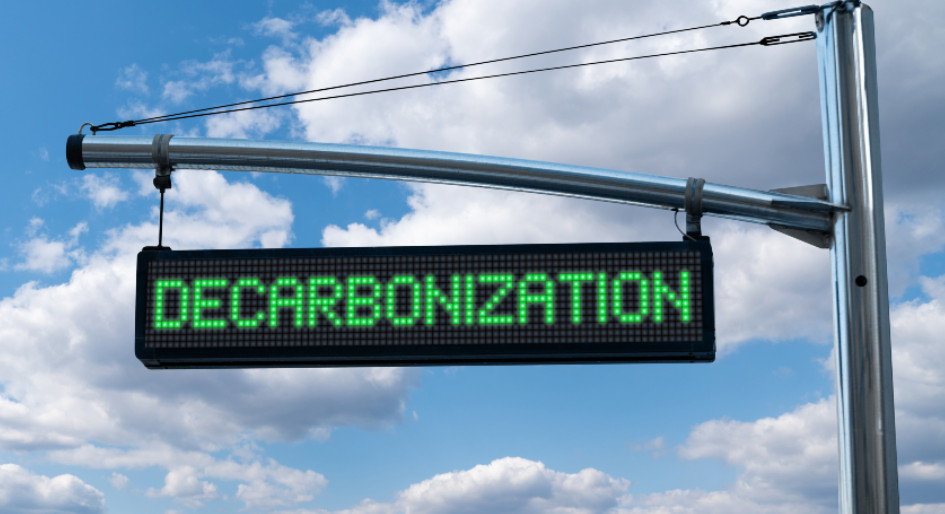The Building Owners and Managers Association (BOMA) of Canada will purchase carbon offsets for approximately 330 tonnes of greenhouse gas (GHG) emissions associated with its upcoming annual conference and tradeshow, BOMEX. It’s a first step in the organization’s net-zero learning pursuit, aiming to decarbonize its own operations, develop replicable guidance from the experience and promote best practices for carbon offsets.
“It starts with getting an understanding of what our footprint is and using that as a benchmark,” explains Hannah Veiga, who is coordinating the project, working closely with Bala Gnanam, BOMA Canada’s vice president, sustainability, advocacy and stakeholder relations. “We’re working on a policy for BOMA Canada and all the local chapters that could serve as a blueprint for our members as well.”
In addition to calculating and offsetting the footprint of the showcase BOMEX event — set for September 26-28 in Edmonton — the project will consider BOMA Canada’s broader operations and explore approaches for reducing and offsetting emissions related to energy, water, waste, transportation and supply chain. That will include processes for collecting and verifying data and supporting landlord-tenant collaboration.
“Part of our bigger picture is to look at how we foster that relationship between the tenants and the landlords and align their interests around ESG objectives and then, ultimately, how those kinds of successes could translate into landlord reporting, whether it’s to GRESB or some other mechanism,” Gnanam says.
Another key goal is to develop best practices for evaluating carbon offsets and a registry of qualifying Canadian sources so that BOMA members could identify projects in their own communities and/or types of offsets that best fit with their priorities. The growing number of companies and organizations now purchasing offsets in the voluntary market has likewise drawn some disreputable players with questionable products so Gnanam stresses the importance of verification through credible auditors and recognized standards bodies. As well, this summer in Canada underscores the vulnerability of one common option.
“Part of our recommendation is not to go with any forest offsets,” Gnanam reiterates. “We like renewable energy projects, geothermal projects, projects where engineers are involved, where M&V (monitoring and verification) is involved, preferably local projects and preferably immediate projects.”
One offset is equivalent to one tonne of carbon emissions that has been reduced, sequestered or avoided. Prices in the voluntary market typically range from $5 to $10 per tonne, whereas credits in the compliance market for large emitters trade at a higher value. While designated large emitters must keep GHG output within a mandated ceiling and may be compelled to purchase credits to do so, participants in the voluntary market typically rely on offsets to meet corporate or shareholder-imposed targets for curbing emissions.
In the best case scenario, Gnanam stresses that offsets should be one component of a larger strategy and applied to fill gaps that emitters are working toward closing on their own. However, particularly when purchased locally, they are a tangible investment in sustainability.
“Offsets are a valuable stepping stone in a long journey to decarbonization, and we think it could become a better social exercise for companies buying offsets while continuing to shrink their emissions,” he reflects. “But, what’s a good offset? Where do you get it? How do you make sure that it’s credible? Those are the micro-level issues that we will address.”
For BOMEX, an offset consulting firm derived the 330-tonne estimate based on GHG protocol and emissions factors such as the host venue and hotel’s energy use and attendees’ transportation. For the latter, registrants’ postal codes were used to determine travelling distances and underpin assumptions about whether they will drive or fly.
“Flights account for about three quarters of the emissions,” Veiga notes.







